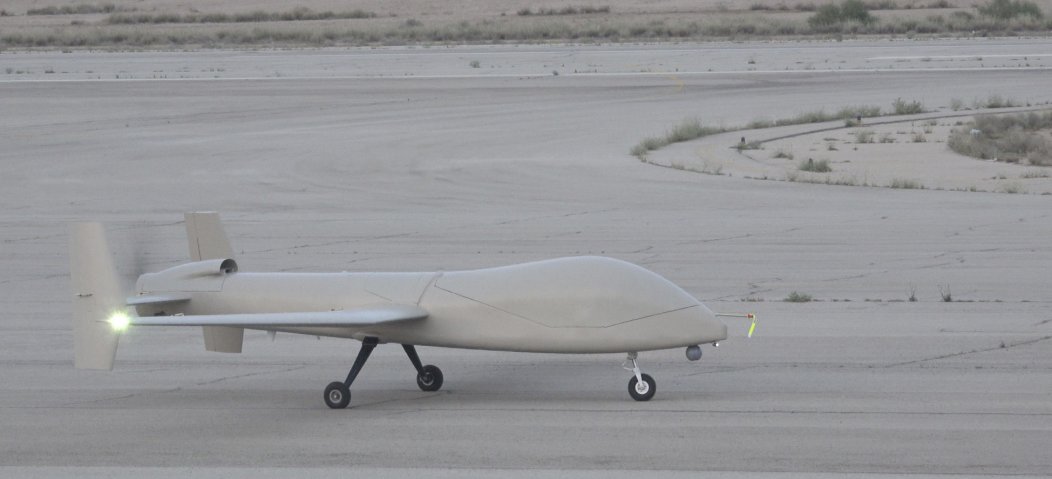لازالت تحت التجربه ولم يتم اعتمادها
غير صحيح .. الطائرة في الخدمة منذ سنتين او اكثر اما التطوير الجديد فمازال تحت التجربة.
Follow along with the video below to see how to install our site as a web app on your home screen.
ملاحظة: This feature may not be available in some browsers.
لازالت تحت التجربه ولم يتم اعتمادها
حبّوب ?وش مكتوب على الطائرة ؟ هبوب !
اسم تعبان ?
وش مكتوب على الطائرة ؟ هبوب !
اسم تعبان ?
حبّوب ?
طائرة Saker-1B
مشاهدة المرفق 242559
تعمل مدينة الملك عبد العزيز للعلوم والتقنية (KACST) مع شركة UAVOS على البحث العلمي وتطوير (Flight Control System (FCS .
تم تصميم (FCS) لتتناسب مع منصات الطائرات بدون طيار متعددة المهام ، متعددة المجالات.
،سوف يتم تشارك في الملكية البحث والتطوير ، إلى إنشاء Saker-1B MALE UAS.
يتم تأكيد مواصفات نظام الطائرات بدون طيار من خلال أكثر من 500 ساعة من مهام الاختبار ليلا ونهارا في ظل ظروف جوية مختلفة.
تم إجراء ما مجموعه 1000 ساعة من مهام اختبار الإقلاع والهبوط بنجاح. استمرت الرحلات الطويلة التحمل لمدة 19 ساعة.
مشاهدة المرفق 242558
مشاهدة المرفق 242557
WINGSPAN : 16M
Maximum Takeoff Weight (MTOW) : 1100KG
ENDURANCE : 24 HOURS
نسخة محسنة من Saker-1B
تهدف الآن إلى مضاعفة القدرة على الطيران من 20 ساعة إلى 48 ساعة

احد شركات المشاركة في تطوير وتصنيع انموذج الاولي لطائرات KACST هي شركة UAVOS
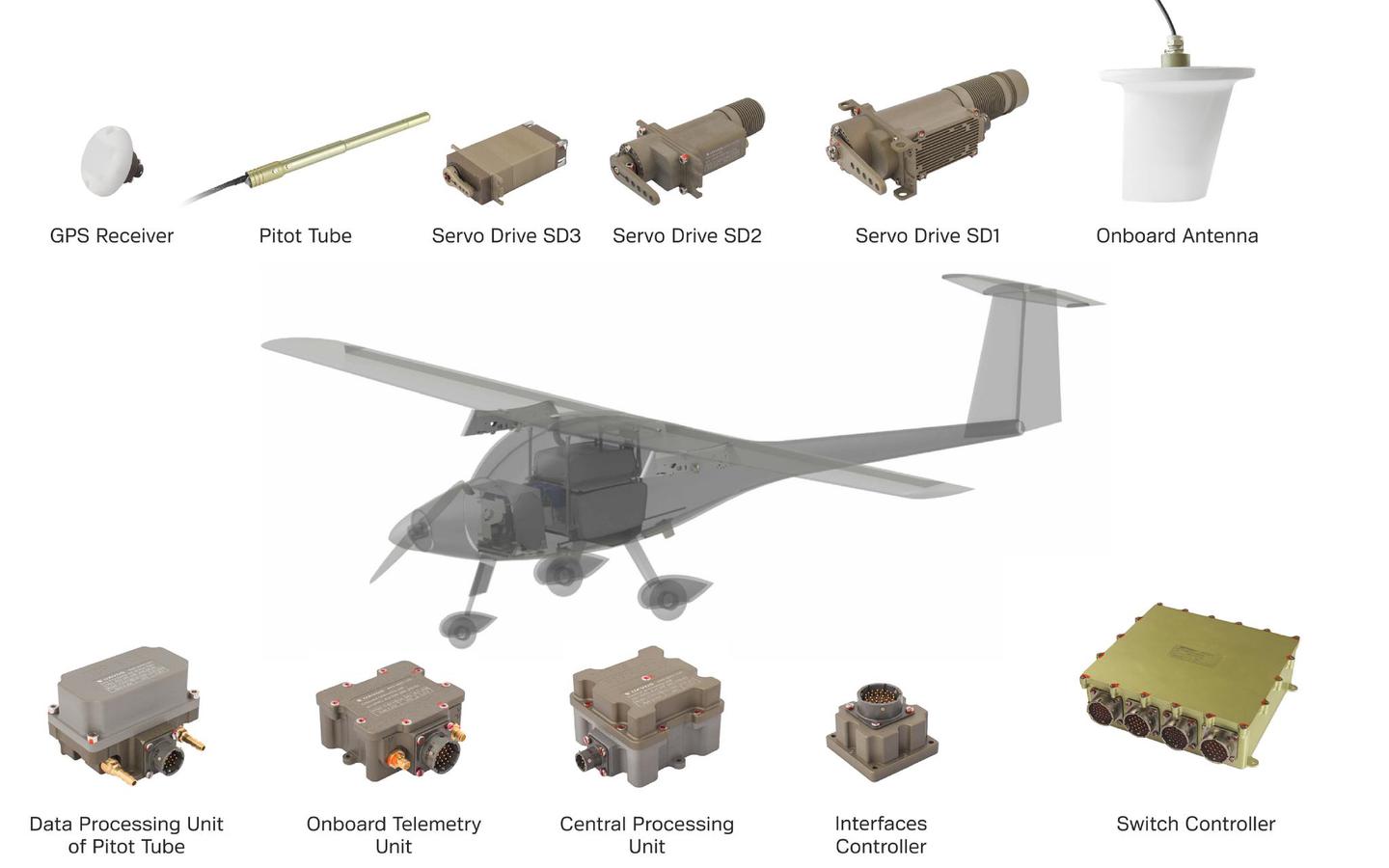
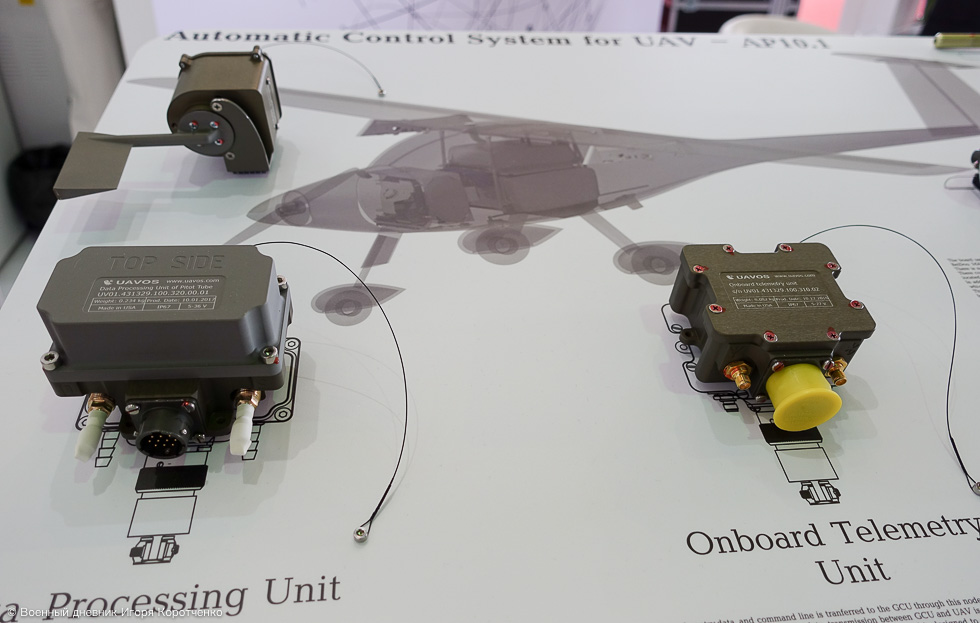
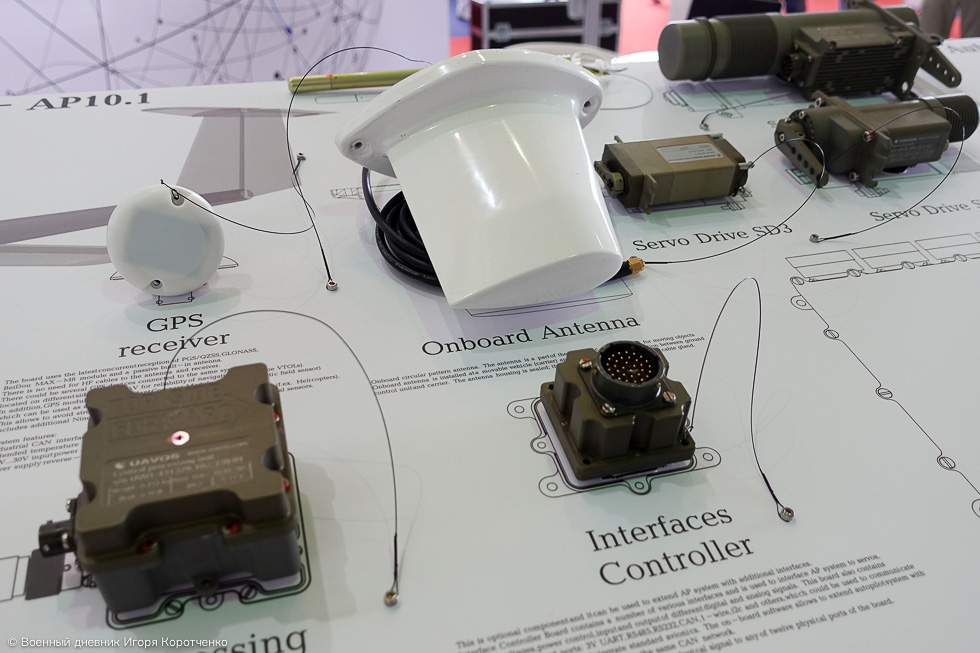
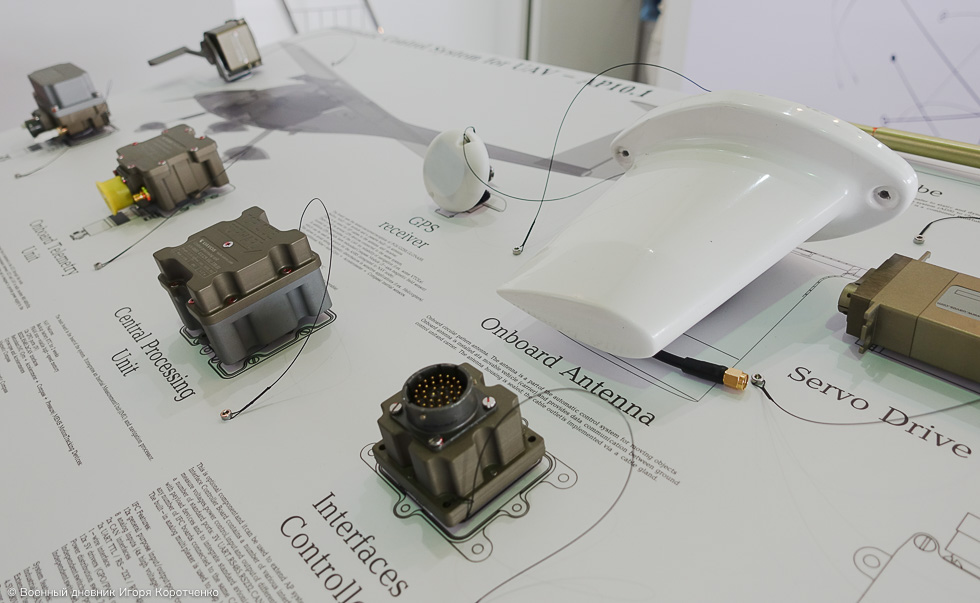
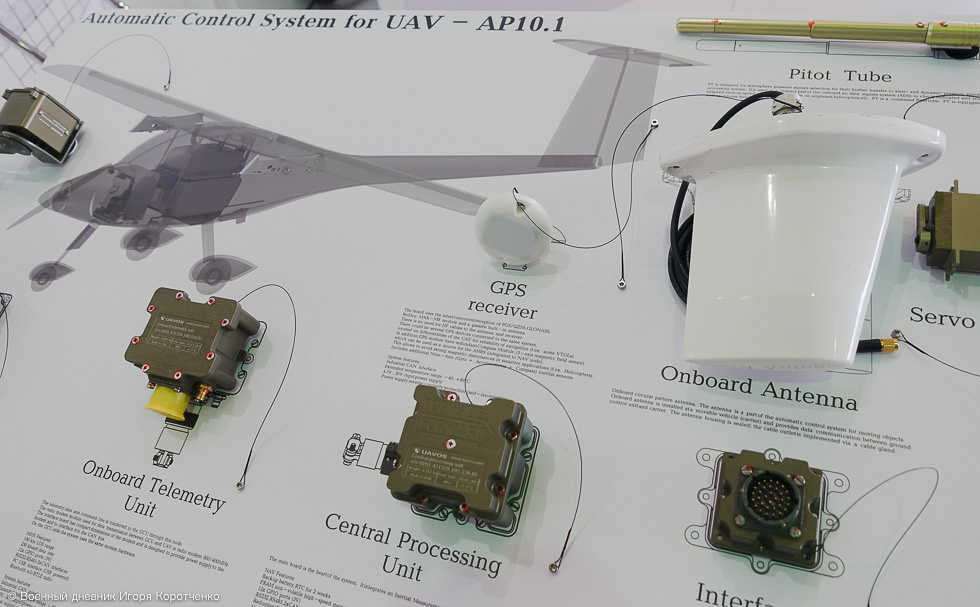
طائرة صقر 1
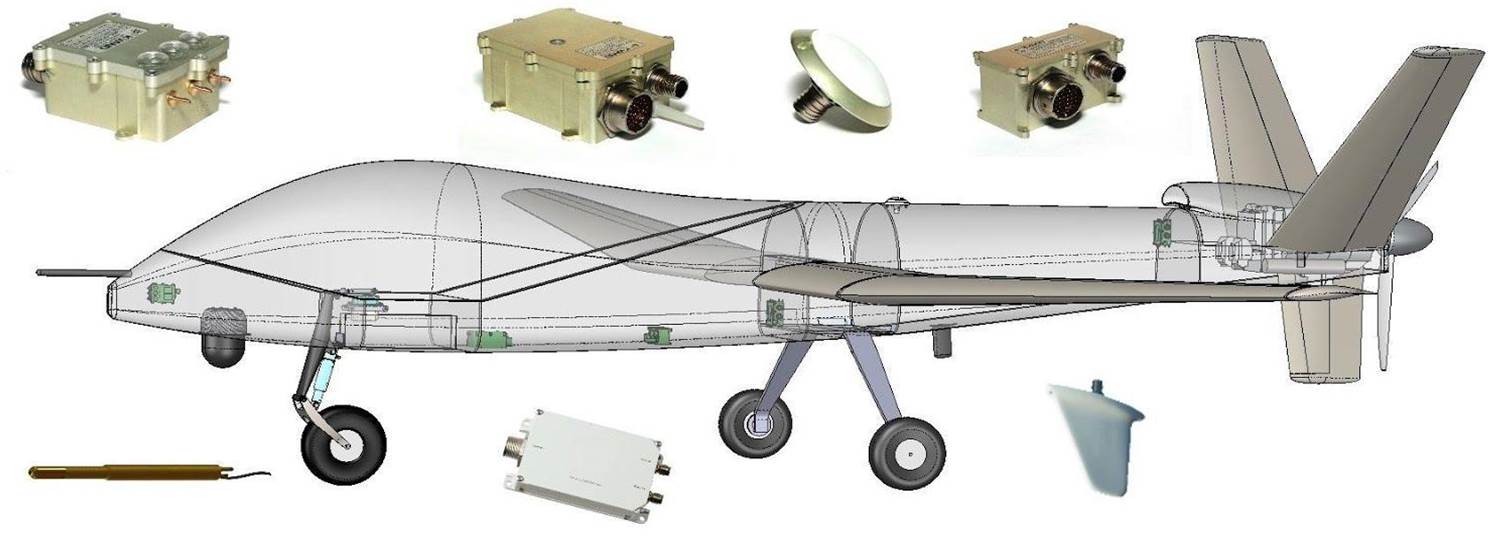
شيء مفرح لكن نحتاج لدمج اكبر عدد من الذخائر مثل حمل صواريخ هلفاير والصاروخ البريطاني وقنابل جدام
مشاهدة المرفق 242634
الصاروخ البريطاني بريمسون
مشاهدة المرفق 242635
والاوزان متقاربه بين صواريخ سعوديه الصنع وبريطانيه وامريكيه مثال:/
الصاروخ السعودي للدون طيار ٥٠ كجم
مشاهدة المرفق 242638
البريمسون ٤٩ كيلو غرام
مشاهدة المرفق 242635
الهلفاير 48.6 كيلو غرام
مشاهدة المرفق 242639
ويوجد ذخائر كثير صينيه مفيده قابله لنقل التقنيه
مشاهدة المرفق 242641
مشاهدة المرفق 242642
كما اننا نحتاج للدخول في التجارب الميدانيه الحقيقيه في اليمن من باب التسويق وتعديل الاخطاء
ارجو ان تركز مدينة الملك عبدالعزيز على تضخيم الطائره دون طيار وتطويرها لتكون حامله للقنابل والصواريخ في باطنها
اضافه للحصول على تكلنوجية انواع الذخائر الصينيه
نقلنا تقنية صاروخ مستنسخ من الهلفاير ووزنه ٥٠كجم وموجه ايضا لكن لم ارى اي هجمات بهاذا دمجت الهيلفاير و الجدام بدون تقنيتهم فهذي غلطه
الفرصه الان معاك انت محتاج تطور من الصفر وتصنع وخلال سنوات راح توصل لشي بمستوى الهيلفاير مثلا ، لكن لو دمجته بدون تقنيه ما راح تحتاج تصنع مثله وراح تعتمد عليه بشكل اساسي و تبقى اسير الامريكان
ثانيا ميزه الدرونز ان تشغيلها رخيص ومنخفض فليه تروح تخربها وتشتري صاروخ بميه الف ريال اقل شي عشان تقصف فيه شاص القصه المعروفه للجميع بدل ما يكون فكرك تطوير بديل محترم لعمليات القصف ما يقدر يأثرون فيه الامريكان بقطع غيارهم او بتقنيتهم ولا ياثر عليك سعر المنظومه وتشغيلها
صغير الحجم كأنه كاميرا مراقبة منزلية
النظام البصري لطائرة صقر B1
(Infrared (IR
(Electro-Optical (EO
(Synthetic Aperture Radar (SAR
مشاهدة المرفق 244502
انظر الى الأخت الأصغر صقر 4 والكاميرا الصغيرة جدآ التي تحملها لكن شوف دقة ووضوح التصويرصغير الحجم كأنه كاميرا مراقبة منزلية

هل يقصد انه تم تزويد الطائرة بأعلى المواصفات و التكنولوجيا الموجودة في السوق ؟state-of-the-art
